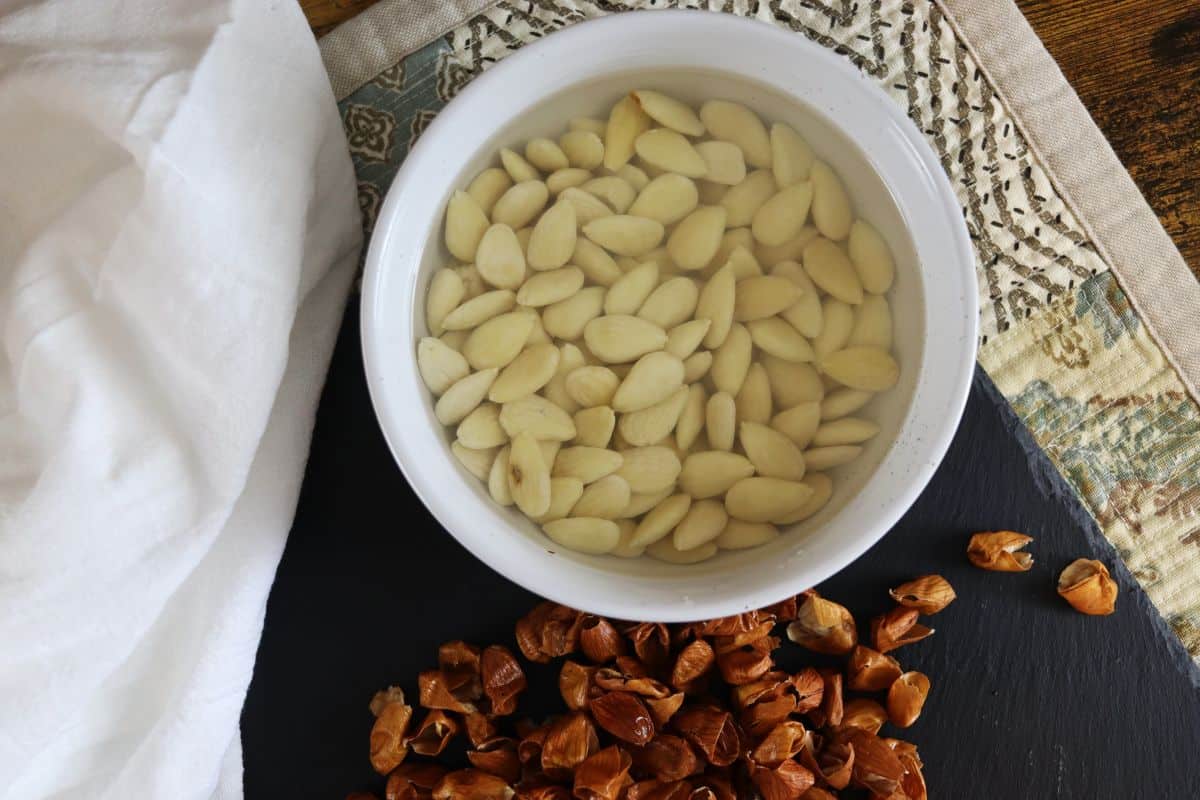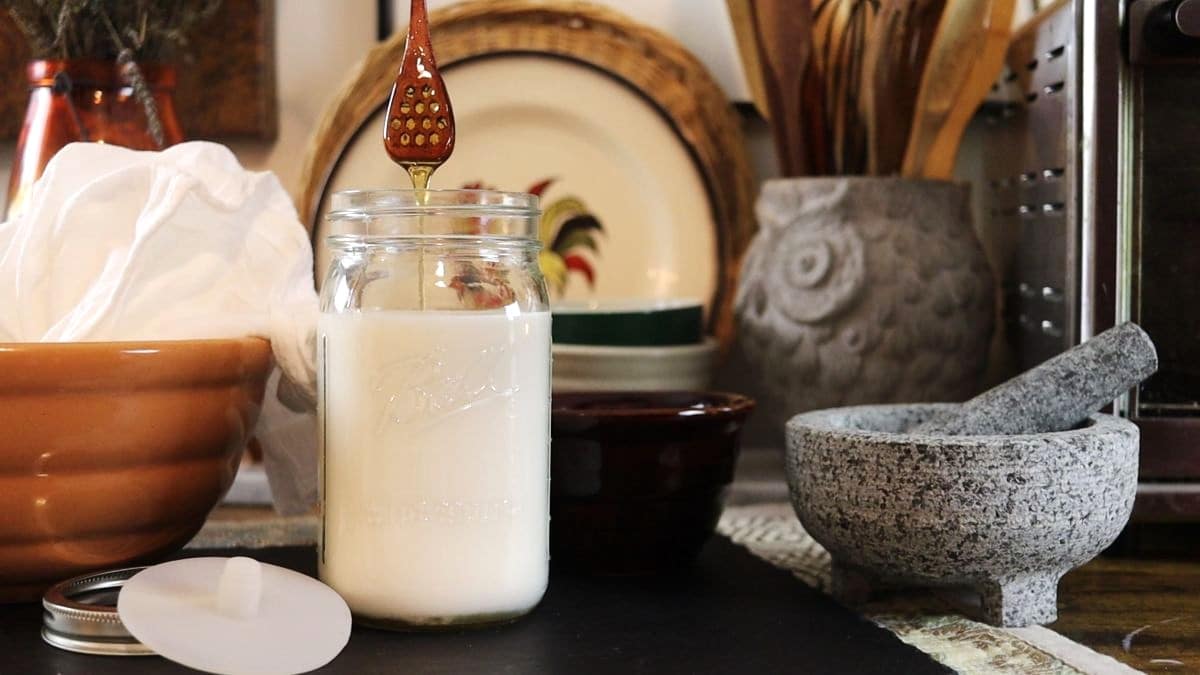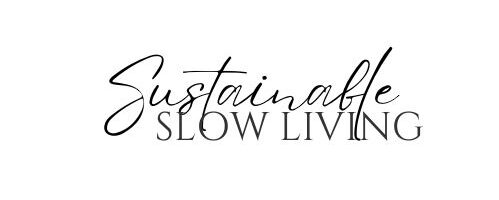How to Make Fermented Almond Milk: Dairy-Free Probiotic Drink
This creamy fermented almond milk is a flavorful, homemade plant-based beverage made by culturing almond milk with a probiotic starter. Tangy, smooth, and subtly sweet, it’s a wonderful alternative to traditional dairy and store-bought non-dairy drinks.
If you love homemade dairy-free recipes, be sure to check out my DIY Oat Milk tutorial too.

Introduction
Fermenting almond milk is a simple way to add depth of flavor and a touch of homemade charm to your favorite dairy-free beverage. By using raw almonds, filtered water, and a probiotic capsule, you can create a tangy cultured milk that works beautifully in both sweet and savory dishes.
Many people find that the fermentation process adds a pleasant tang and enhances the milk’s texture. Whether you’re avoiding store-bought options or just looking to experiment with homemade plant-based drinks, this process is surprisingly simple and rewarding.
Why This Recipe Works?
- Starts with homemade almond milk, free from additives or gums.
- Easy step-by-step process that doesn’t require any special equipment.
- Probiotic culture gives it a tangy flavor that pairs well with sweet and savory recipes.
- Naturally dairy-free and gluten-free.
- Flexible and cost-effective, using pantry staples.
Ingredients For Fermented Almond Milk

You don’t need many ingredients for this recipe, but here are a few that are essential.
- Raw Almonds: Make sure to use raw, not roasted, almonds. Roasted almonds won’t ferment properly.
- Water: Filtered or spring water is best for clean flavor.
- Honey: Just a small amount helps jumpstart the culturing process.
- Salt (optional): Enhances flavor, but can be left out if preferred.
- Probiotic Capsule: Acts as the starter for fermentation.
See recipe card below for full information on ingredients and quantities.
Would you like to save this post for later?
Variations and Substitutions
- Use cashew, soy, or oat milk instead of almond milk.
- Substitute the honey with a small amount of fruit juice or date syrup if preferred.
- Skip the sweetener entirely (results may vary, and flavor may lean more sour).
- Flavor the final product with vanilla extract or cinnamon after fermentation.
How To Make Fermented Almond Milk
Gather the ingredients for the recipe.
- Blanch and peel almonds:
Boil almonds for 1 minute, then rinse under cold water and slip off skins.
- Soak overnight:
Place peeled almonds in a bowl, cover with water, and soak overnight.

- Blend the almonds:
Rinse, then blend with fresh water until smooth and creamy.
- Strain:
Use a nut milk bag or flour sack towel-lined strainer to separate the liquid from the pulp.

- Transfer to jar:
Pour the almond milk into a clean glass jar.
- Add probiotic and honey:
Stir in honey (optional) and the contents of a probiotic capsule.

- Ferment at room temperature:
Cover loosely with a fermentation lid and let sit for 24 hours.
- Refrigerate after fermenting:
Chill to slow the process. Use within 4–5 days.
Recipe FAQs
Honey helps the probiotic culture thrive, but if you’re using raw almonds, some natural sugars are present. Results may vary without it.
No. Roasted almonds won’t ferment properly and are not recommended.
A basic capsule with Lactobacillus strains works well, but other probiotic blends can also be used.
The almond milk will develop a tangy aroma and taste after 24 hours at room temperature.
Serve
Fermented almond milk can be used just like regular almond milk. Add it to smoothies, pour it over granola, or use it in baking. The tangy flavor also makes it great for savory dishes like dressings, soups, or sauces. For a fun twist, blend it with fruit and a dash of cinnamon.

Expert Tips
- Use raw almonds and live cultures: Always start with raw almonds and a probiotic that contains live active cultures for the best fermentation results.
- Choose the right container and lid: Avoid metal lids during fermentation; use plastic or silicone, and cover loosely with a cloth or partially sealed lid to allow airflow.
- Ferment in a warm, shaded spot: Keep the jar in a warm place out of direct sunlight for optimal fermentation.
- Taste and chill: Begin tasting at 24 hours, and once it reaches the desired tanginess, refrigerate immediately.
- Blend thoroughly and sweeten to taste: Use a high-powered blender for a smooth texture, and adjust the amount of honey based on your sweetness preference.

Fermented Almond Milk Recipe
Equipment
- Small pot
- Hand strainer
- Small bowl
- Food processor or high-speed blender
- Fine mesh strainer
- Flour sack towel
- Wide-mouth mason jar
- Fermentation lid
Ingredients
- 1 cup raw almonds
- 3 cups water plus more for soaking
- 2 tsp honey
- 1 probiotic tablet or capsule
- salt optional
Instructions
- Remove the Almond Skins: Drop the raw almonds into a pot of boiling water and let them sit for 1 minute. Remove them with a hand strainer and run them under cold water. Pinch the skins off using your fingers.
- Soak the Almonds: Place the skinned almonds into a bowl and cover with water. Soak for 24 hours to soften them, ensuring a creamier milk texture.
- Blend the Almonds: Rinse the soaked almonds and place them in a food processor. Add 3 cups of water and blend until smooth and creamy. Add more water if needed to achieve a smooth consistency.
- Strain the Almond Milk: Strain the blended almond mixture through a fine mesh strainer lined with a flour sack towel, or use a nut milk bag, into a large bowl. Squeeze out the excess pulp and transfer the almond milk into a wide-mouth mason jar.
- Add Sweetener and Probiotics: Stir in honey and a pinch of salt (if using). Crush a probiotic tablet and stir the powder into the almond milk.
- Ferment the Milk: Cover the jar with a fermentation lid and let it sit at room temperature for 24 hours. The milk will become tangy and rich in probiotics.
Notes
-
- Use raw almonds and live cultures: Always start with raw almonds and a probiotic that contains live active cultures for the best fermentation results.
- Choose the right container and lid: Avoid metal lids during fermentation; use plastic or silicone, and cover loosely with a cloth or partially sealed lid to allow airflow.
- Ferment in a warm, shaded spot: Keep the jar in a warm place out of direct sunlight for optimal fermentation.
- Taste and chill: Begin tasting at 24 hours, and once it reaches the desired tanginess, refrigerate immediately.
- Blend thoroughly and sweeten to taste: Use a high-powered blender for a smooth texture, and adjust the amount of honey based on your sweetness preference.





This fermented almond milk is such a nourishing, probiotic-rich alternative to store-bought — made from whole almonds and full of clean, simple goodness. It’s a beautiful way to enjoy homemade plant milk with a tangy twist. If you try this recipe, I’d love to hear how it goes— leave a comment below to share your experience or ask any questions. I’m always happy to help as you make it your own!